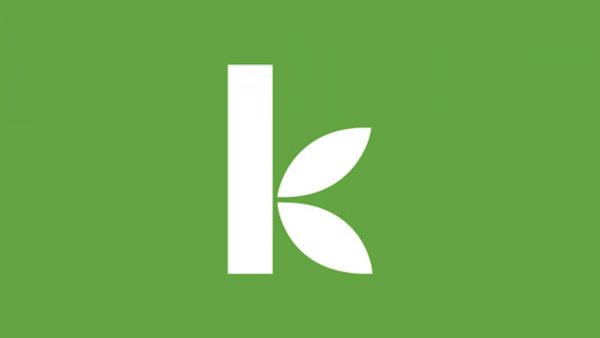
By James Allman-Gulino, KF11 Uganda
One of the newer fields that’s getting more attention within microfinance is trying to measure microfinance institutions’ (MFIs) social performance, which broadly is an indication of how well an MFI meets the social goals outlined in its mission and vision. Social performance is reflected in a wide range of indicators, including:
- an MFI’s policies towards employees, like providing health care or maternity leave;
- to what degree an MFI targets the poorest of the poor for financial services;
- an MFI’s policies on environmental conservation;
- how low an MFI keeps its interest rates;
- how transparent an MFI is about these interest rates and other loan terms; and
- how an MFI’s services translate into improved lives for their clients.
In some ways social performance for MFIs is analogous to the idea of corporate social responsibility, which speaks to how corporations pursue explicitly pro-social goals and limit any detrimental byproducts of their operations.
The trickiest aspect of social performance is the last indicator I mentioned, trying to capture how microfinance changes the lives of the poor. Unsurprisingly, this is the ultimate goal of any development-related intervention; the idea is to empower the poor and enable them to create better standards of life for themselves. Measuring this is often called impact analysis, or impact assessment. But while this analysis is important, since we want to see if and how much microfinance actually benefits borrowers, it’s also extremely difficult (and expensive) to measure. For instance, a farmer might get an agricultural microloan but experience a severe drought, leading to a large drop in income. The impact of that loan would actually seem to be detrimental in that case. On the individual level, obviously we could see that the decrease in the farmer’s income was due to other factors; but when you’re trying to study impact over a wide population, you often can’t account for all such factors. This makes it very difficult to analyze microfinance “interventions” to really see what benefit microfinance creates in the lives of the poor.
As an organization that explicitly supports microfinance as a tool for “alleviating poverty”, Kiva has interest in working with MFIs that bring a strong social focus to their operations. Kiva’s partner MFIs, which do tremendous work in their outreach to the poor and often set the bar for ethical conduct amongst non-governmental organizations, also want this non-financial aspect of their operations to be properly appreciated. It is for this reason that Kiva and its Field Partners are beginning to work on measuring their social performance in the fields I bulleted above. To do this Kiva and its partners are using the CERISE Social Performance Indicators tool, which analyzes an MFI’s social performance across a wide range of operations and attempts to quantify the results. The results can help an MFI see where in their operations the social mission is strongest, and where otherwise they may need targeted attention or improvement. In the future, MFIs might also use the resulting scores to emphasize their social performance to lenders, who could be interested in supporting certain MFIs with a particular social focus.
However, what the new use of the CERISE tool won’t include is the type of impact analysis/assessment that I noted above. While both Kiva and our partner MFIs would love to measure how microfinance improves the lives of borrowers, it’s simply too difficult to isolate Kiva loans as the lone source of that improvement, and to quantify exactly how a borrower’s life has “improved” thanks to a loan. Our social performance measurement will instead focus on MFIs’ operations and their internal policies, to capture how responsibly they act towards their borrowers, employees, and the local communities they serve.
If you have any questions about social performance or the ideas behind it, please feel free to leave comments and I’ll try to respond. I will be one of the Kiva Fellows spearheading our new work on social performance and helping Kiva’s Field Partners to collect CERISE data, so I hope to comment more on this topic throughout my Fellowship. Thanks everyone-
James is a Kiva Fellow in Kampala, working with Kiva partners BRAC Uganda, MCDT SACCO, and Pearl Microfinance Limited. To support their work in Uganda, consider making a loan to clients of these field partners today.
PREVIOUS ARTICLE
How useful is microfinance? (Migration v Microfinance) →NEXT ARTICLE
World Cup Reports from Kiva Fellows Around the World →













